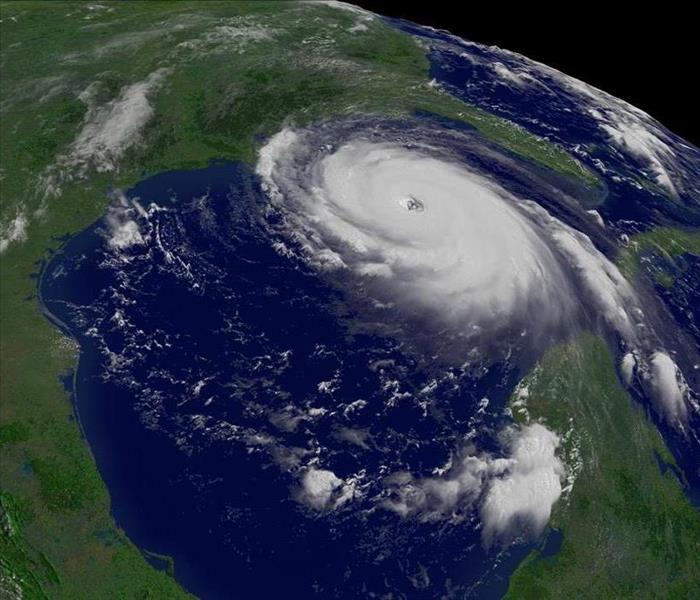Hurricane Information
2/7/2017 (Permalink)
 From tropical storm to hurricanes. These storms can bring forth a tremendous amount of damage in their wake. Pictured is a view of Hurricane Katrina.
From tropical storm to hurricanes. These storms can bring forth a tremendous amount of damage in their wake. Pictured is a view of Hurricane Katrina.
Hurricanes
Hurricanes are giant, spiraling tropical storms that can pack wind speeds of over 160 miles (257 kilometers) an hour and unleash more than 2.4 trillion gallons (9 trillion liters) of rain a day. These same tropical storms are known as cyclones in the northern Indian Ocean and Bay of Bengal, and as typhoons in the western Pacific Ocean. The Atlantic Ocean’s hurricane season peaks from mid-August to late October and averages five to six hurricanes per year.
A Damaging Storm
These storms bring destruction ashore in many different ways. When a hurricane makes landfall, it often produces a devastating storm surge that can reach 20 feet (6 meters) high and extend nearly 100 miles (161 kilometers). Ninety percent of all hurricane deaths result from storm surges.
A hurricane’s high winds are also destructive and may spawn tornadoes. Torrential rains cause further damage by spawning floods and landslides, which may occur many miles inland.
The best defense against a hurricane is an accurate forecast that gives people time to get out of its way. The National Hurricane Center issues hurricane watches for storms that may endanger communities, and hurricane warnings for storms that will make landfall within 24 hours.






 24/7 Emergency Service
24/7 Emergency Service